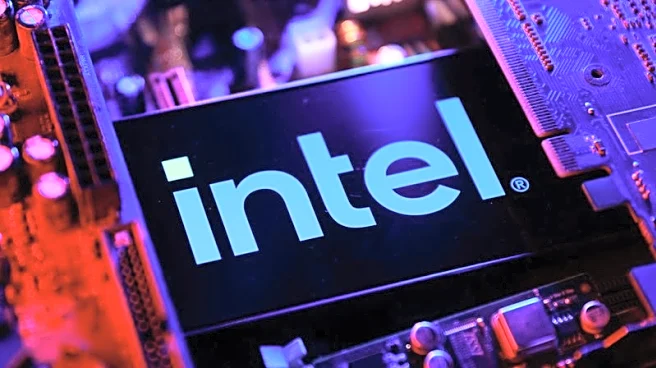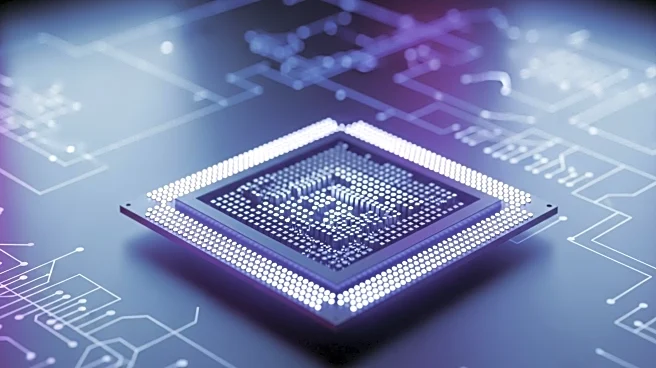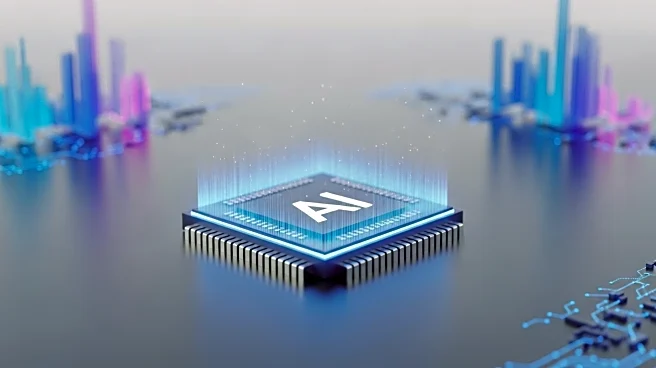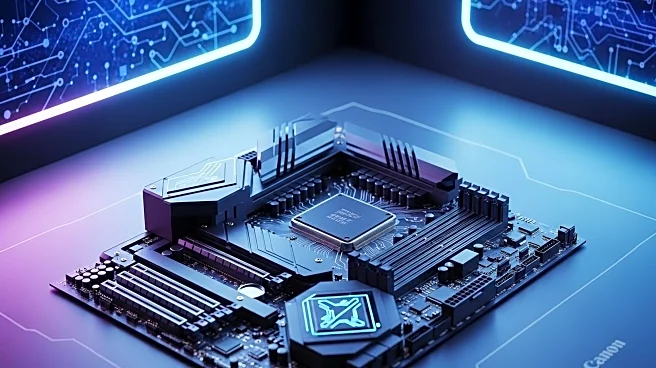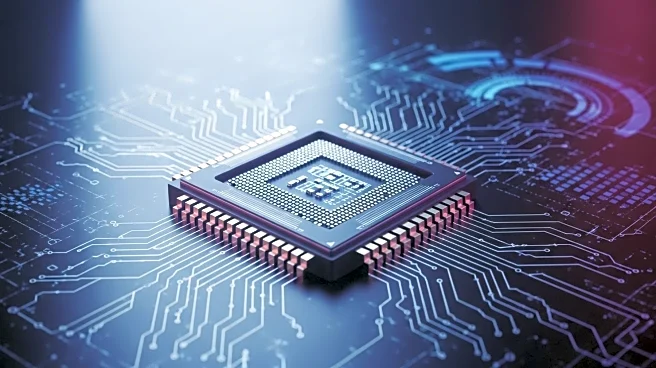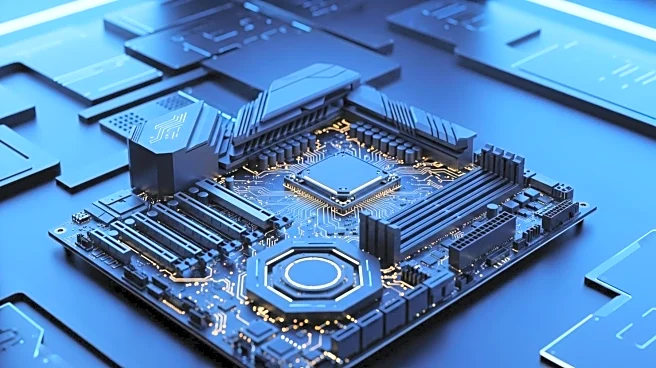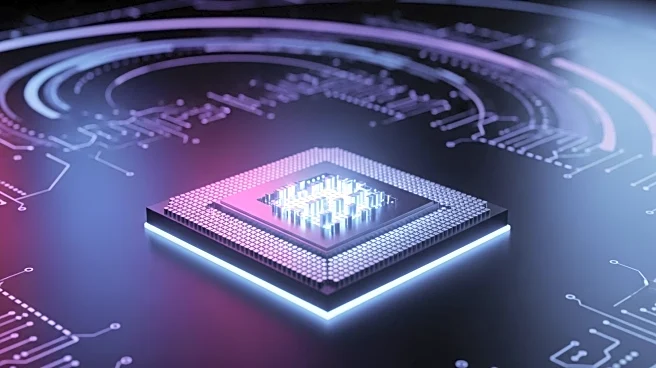What's Happening?
Intel's Panther Lake processors are set to debut at CES, targeting high-end thin-and-light laptops with improved graphics and power efficiency. Utilizing the 18A 2nm fab process, these chips promise performance gains and denser layouts compared to competitors like Apple's M4 and AMD's Zen 5. The Panther Lake chips feature the new RibbonFET transistor architecture, enhancing future chip generations. Notably, Intel has focused on scaling AI performance through the GPU rather than the neural processing unit, offering significant boosts in graphics capabilities. The processors also support advanced image processing for better low-light photo and video quality.
Why It's Important?
The Panther Lake processors represent a significant leap in Intel's mobile chip technology, potentially reshaping the competitive landscape in consumer electronics. By enhancing graphics and efficiency, Intel aims to capture a larger share of the high-end laptop market, challenging rivals like Apple and Qualcomm. The focus on GPU-driven AI performance could influence future chip designs and applications, impacting industries reliant on AI and machine learning. Improved image processing capabilities may also appeal to consumers seeking better multimedia experiences.
What's Next?
Intel's Panther Lake processors are expected to be featured in numerous laptop models announced at CES, highlighting their role in next-generation consumer electronics. The chips' performance and efficiency will be scrutinized by industry analysts and consumers, influencing Intel's market position and future product development. As Intel continues to innovate with its 18A process, the company may explore additional applications and partnerships to expand its influence in the tech sector.

